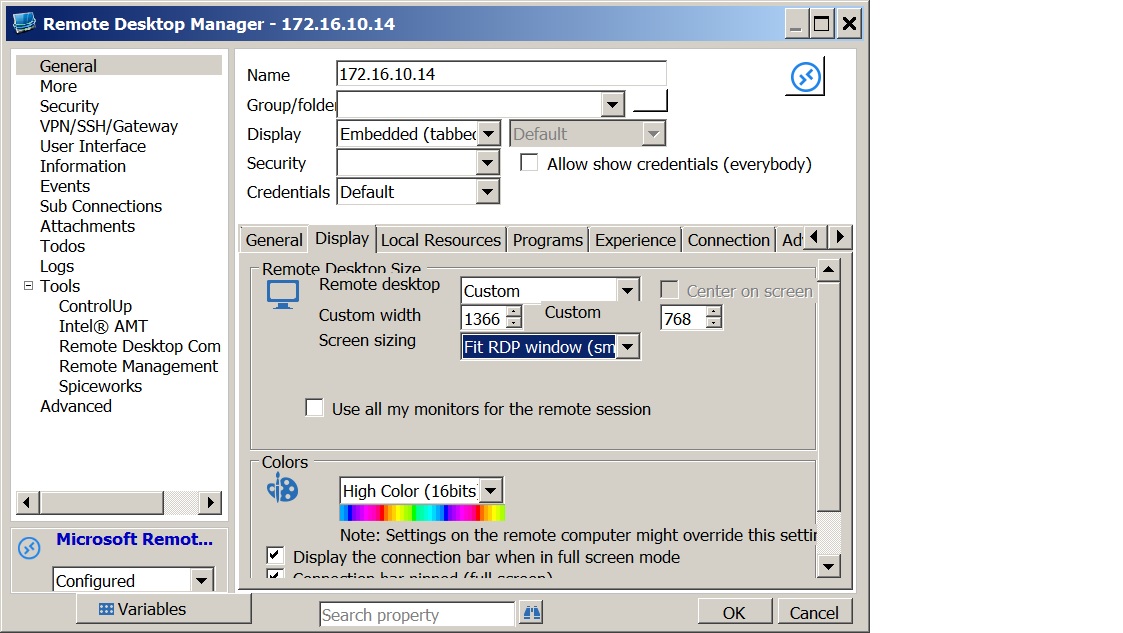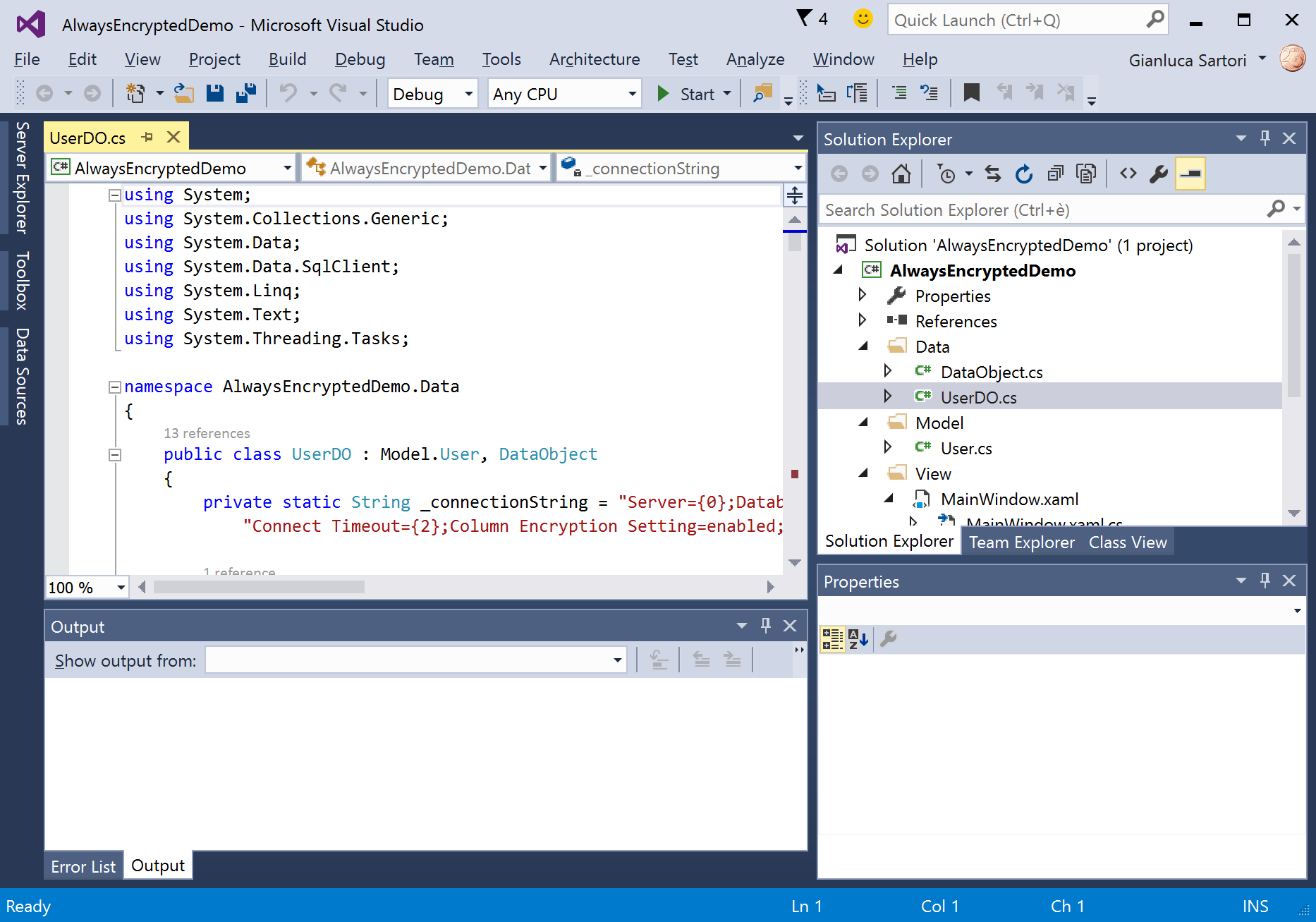

The next update should be an interesting one (to me at least).Ĭover Photo part of the SQLite documentation, which has been released by author D.

For the moment though, I'm setting up Scrapy to handle transcription for me. This may all sound very similar to those tools found within the small SQLite Studio (SSS) (free) (see Home page) but, in fact, while they have similar. Eventually I would love to automate all of this so my home server scans once or twice a week for any updates. I know this post seems a little light, but I'm planning on adding Scrapy to scrape out all of this information online and put it in the SQLite database I just created. I also created a table for Player details and a table to assign hero classes to specific heroes. I used DB Browser for SQLite to import my CSV file as the table match_basic. DB Browser for SQLite is an open source tool to "create, design, and edit database files compatible with SQLite." It doesn't play super well with my computer's high-dpi screen but it's still usable. Some people may actually prefer to use the command line to create, manage, and update their databases but I am definitely not hardcore enough for that.
#SQLITESTUDIO HIGH DPI WINDOWS#
You don't even need to reboot in Windows 10! (It's the little things in life) Installing DB Browser for SQLite

I'm sure I will probably regret using SQLite one day, but for now it should work fine. I wanted something fast and have no need for multi-user authentication. For sharing purposes, I also like being able to just share one file, which is just how SQLite works. This means I wanted a server-less database, which SQLite is. While I actually do run a FreeNAS server at home, I purposefully did not open up any SSH or FTP access to outside outside my home network. I am not all that familiar with any of the three major open source databases (SQLite, MySQL/MariaDB, and PostgreSQL). I also happen to be learning SQL at work, so this seems like the normal thing to do. While a CSV is pretty easy to write to, I wanted to be able to store information in a way that would scale up as time went on. The new file size for the image appears at the top of the Image Size dialog box, with the old file size in parentheses. Under Dimensions, enter values for Width and Height. To be honest, that worked perfectly fine although I have been hoping to do some more advanced analysis, particularly looking into rating players. To maintain the current ratio of Width to Height, be sure the chain icon linking these properties is activated. I recently wrote a post on rating teams in Heroes of the Storm and used a regular CSV to store all the data for my ratings.


 0 kommentar(er)
0 kommentar(er)
